2 B of course, Bolivian Bugs! Enjoy today’s Bolivian entofauna and remember to click an image to view it larger!
Leaf hoppers (family Cicadellidae) were extremely abundant, and with a careful approach, allowed for some interesting photo opportunities!
Of course their vibrant colours make for spectacular subjects!
While hiking through the forest one day, I stumbled across a mating congregation of these fantastic bugs, the Peanut Bugs (aka Lanternfly). Why are they called Peanut Bugs? You be the judge!
There’s an interesting urban legend (can it be an “urban” legend in the middle of the Amazon?) behind these bugs, but we’ll leave that for another day!
Even though it’s bug day, I thought I’d sneak in a few flies…
Myself and another student were walking along a trail near the end of our trip when we noticed this stink bug (family Pentatomidae) acting strangely and rubbing itself against anything it could…
Upon closer inspection, we found that it was being “bugged” (get it, bugged?) by a gang of ant-decapitating flies (family Phoridae)
Members of this family are best known for their grim treatment of ants, but here it seems they’re also interested in bugs! So what exactly are they doing? Well my guess is stealing hemolymph (insect blood) or perhaps the compound that causes the stink bug to stink for self-defense or mating purposes. If anyone has any other ideas or background on this behaviour I’d love to hear about it!
To finish off the bugs, here’s a Plant Hopper (Fulgoroidea) who just finished off a big meal!
That’s a joke of course, as with the other true bugs, this stylish hopper has sucking mouth parts, and in this case uses it to feed on the juices of plants. The fulgoroids are an extremely diverse family in the tropics and are really some of the most beautiful bugs you could hope to find!
I know that I promised beetles today, but after going through my files I figured I had enough bugs and beetles to spread things out a little more. So tomorrow will be another 2B day with Bolivian beetles! See you then!

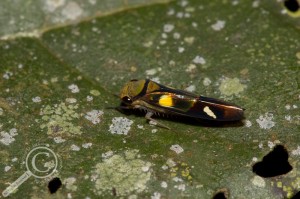
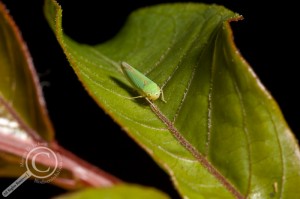
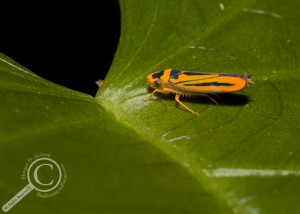
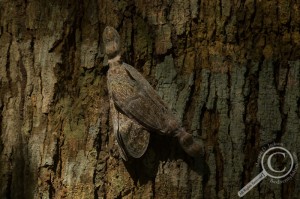
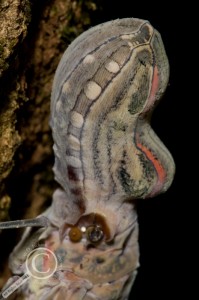
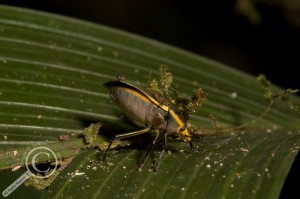
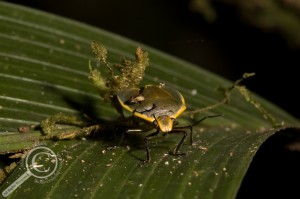
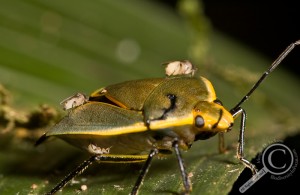
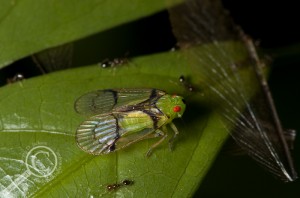
A better (and I believe more widely used) common name for Phoridae is “scuttle flies”.
You’re correct Gunnar, thanks for adding that!
These are great! I hope to see a lantern bug some day. I photographed a very similar green fulgorid (a cixiid, probably) in Ecuador, and remember seeing the “lightning strike” leafhopper as well. It could be Soosiulus sp., by comparison to specimens on Sharpshooter Leafhoppers of the World, which by the way is a great resource for the brilliant Cicadellinae.